The craziest places to find data centers
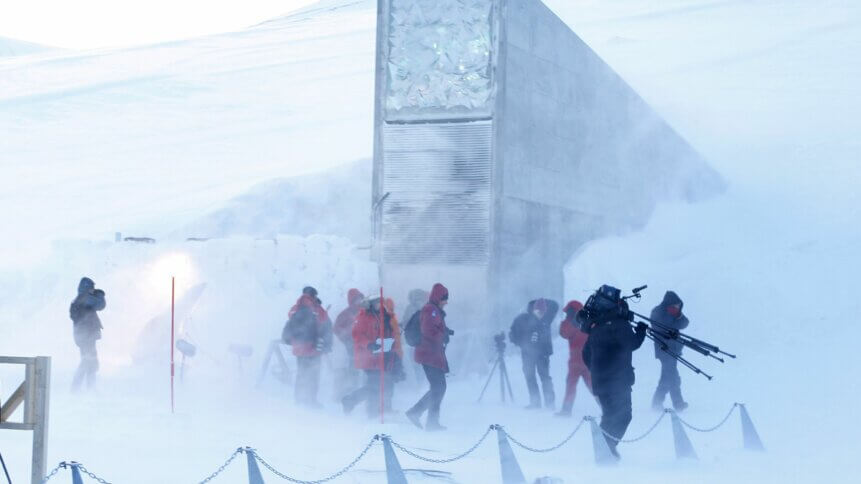
• Data centers are becoming the power stations of the 21st century.
• Some projects have located data centers in the most unusual spaces.
• The practice sometimes allows them to give back to local communities.
Data centers are a staple of the internet era. Everything we do online generates data that has to be stored somewhere, and as more data centers are needed to meet demand, especially for new technologies like generative AI, people have gotten creative with where to put them.
As well as taking up a lot of space, data centers use a huge amount of energy – at a huge expense. One major problem is that in a typical data center, only 40-45% of the energy use is for the actual computing. The rest is used mostly for cooling down the servers.
So, the location of a data center is critical to ensuring lowered costs, with the added benefit of being environmentally friendly.
Here are some of the craziest locations for data centers.
Early ideas
Designed around 2010, making it pretty antiquated by tech standards, the Compute Coop uses the agricultural wisdom of chicken coop design, taking advantage of circulating outside air for cooling purposes.
Its green credentials are boosted further by the use of hydroelectric power from nearby Niagara Falls. Originally opened by Yahoo! after the organization was acquired by Verizon in 2017, it fell into the hands of newly-created parent company Oath, which was renamed Verizon Media in 2019.
Data centers in paper companies
Speaking of water cooling, Google has a data center in Hamina, Finland, that was originally a paper mill built in the 1950s. It’s located directly on the Gulf of Finland, making it easy to pump in ice cold seawater to cool the servers inside.
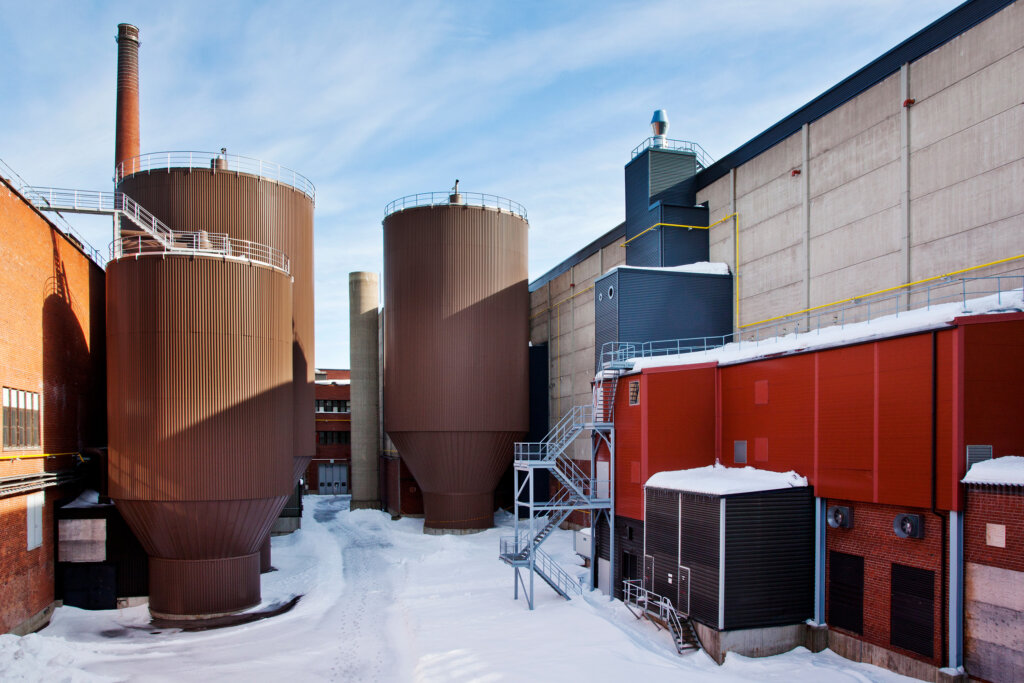
Keeping cool in Finland. Via Google.
Google purchased the site from Stora Enso in 2009 and has since invested around $1.3b into the Hamina data center and related network infrastructure.
Pining for the fjords?
Not to be outdone, Norway’s Lefdal Mine Data Center is the world’s most efficient data center. 100% of its energy comes from renewable sources and its 120,000 square meter complex is cooled by water from nearby fjords.
On the water…
Start-up Nautilus Data Technologies has developed a floating data center on a barge to provide easy access to cooling seawater. In 2017, it raised $36m in a Series C funding round. In 2019 it gained approval to launch a vessel in Limerick. After a successful 2020 launch, in 2021 two more were approved to be deployed in Los Angeles and Marseilles, France.
The company’s CEO has said of the its ambitions: “All of our major city population centers have […] ports with spare capacity. All over the world, it is the cheapest real estate.”
…and under water
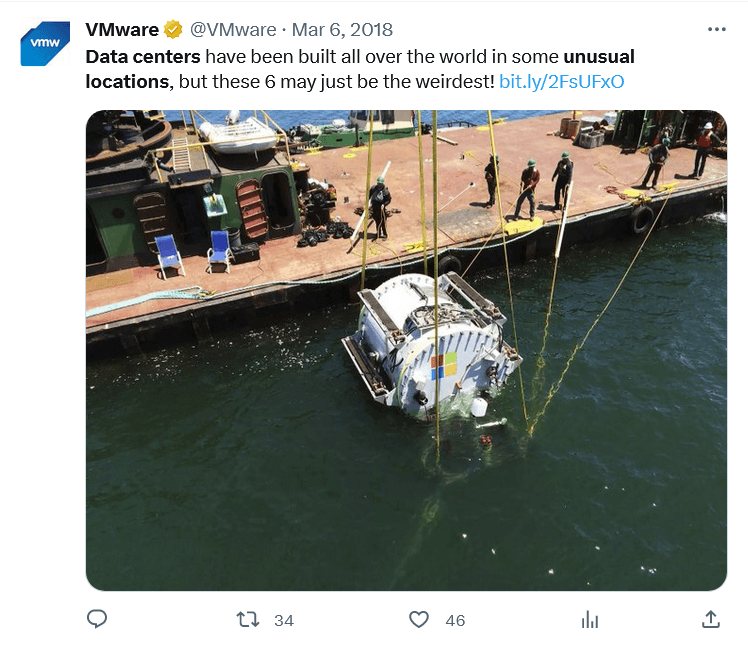
Giving new meaning to your data going down…
In a similar vein, Microsoft came up with a prototype of a portable mini data center that it submerged 30 feet off the California coast for more than 100 days in 2015. More recently, Project Natick was put on the seafloor near Orkney. On July 9th 2020, it completed its mission and was retrieved for analysis.

Via Microsoft. Project Natick being retrieved from the sea floor.
The project seeks to “understand the benefits and difficulties in deploying subsea datacenters worldwide.”
Water isn’t the only thing that helps cool data centers: there’s plenty of cold air in the world to go round!
Where better to build for cooling than the Arctic circle? Okay, it’s not *technically* a data center, but the GitHub Arctic Code Vault holds a complete record of the world’s open source code, designed to last one thousand years. The code was archived by the company’s project partner Piql, which transferred the 21TB of code onto 186 reels of piqlFilm and placed it at the bottom of a retrofitted mine shaft.
Halfway between Norway and the North Pole, Svalbard is one of the most isolated and inhospitable places on Earth, making security another benefit of its location. Of course, in the event of some global data catastrophe, physically retrieving the code will be… interesting.
Underneath mountains – high security data centers with bond villain chic
Another high-security center is operated under the Swiss Alps. Switzerland-based SIAG Secure Infostore actually operates two data centers in former military bunkers, referred to as the Swiss Fort Knox. Instead of protecting gold bullion, it now protects digital data.
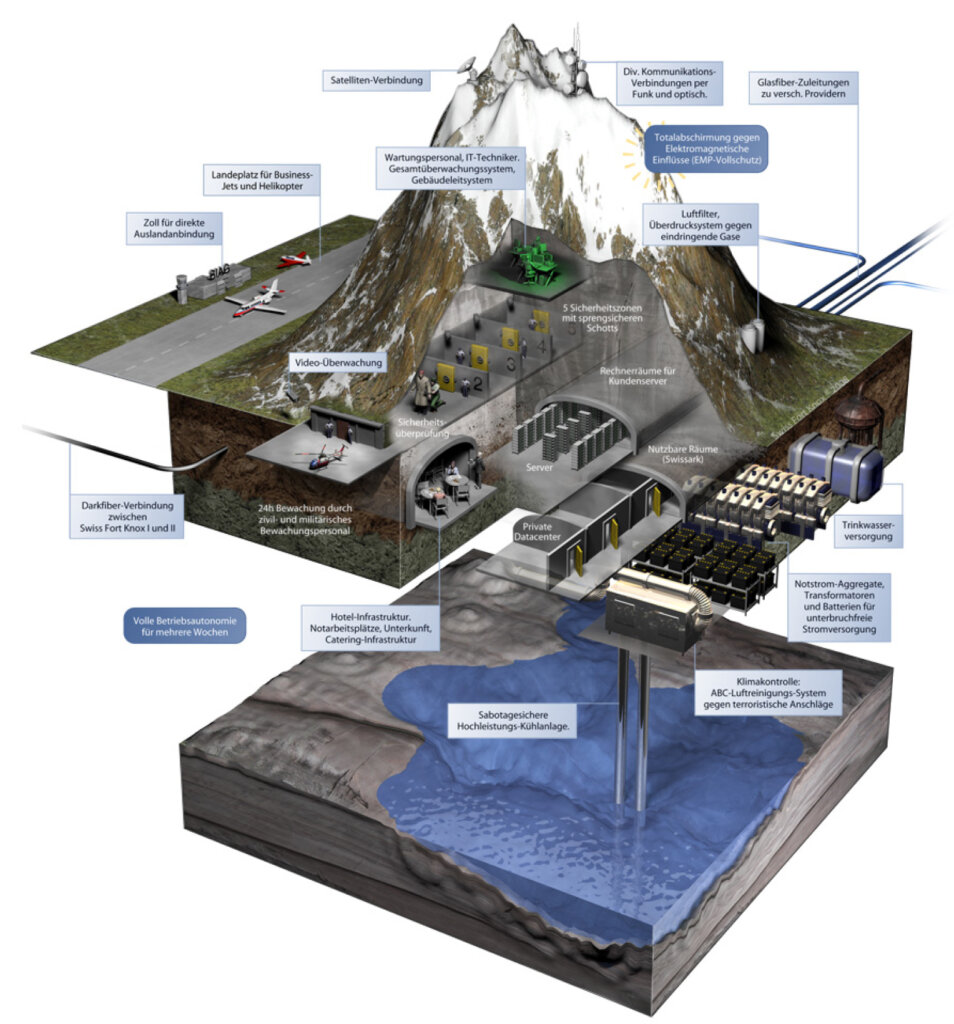
The interior structure of Swiss Fort Knox. Via Mount10.
It’s also totally self-sufficient and the interior climate can be controlled independently of the outside world.
Uspenski Cathedral

Would you guess what was hiding under the cathedral?
The Uspenski Cathedral in Helsinki, Finland, was once used as an air raid shelter, and now houses a data center. Hidden under the church in a network of granite caves, where it’s already cool enough for the center’s servers, the heat emitted is absorbed and distributed to the heating system in the area, powering 500 nearby homes.
Further cooling uses seawater from the Baltic Sea.
Torre Girona, Barcelona
Sticking to the ecclesiastical theme, Barcelona Supercomputing Center is in a former chapel known as Torre Girona in Barcelona.
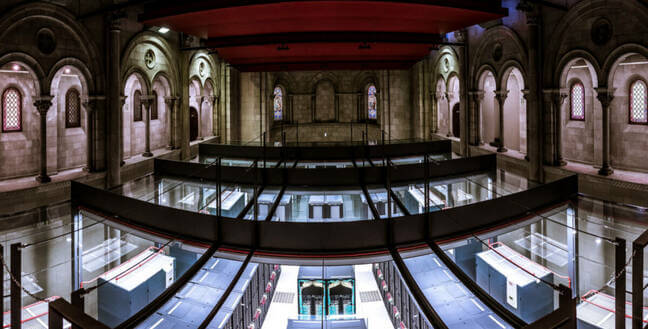
MareNostrum, the main supercomputer in the Barcelona Supercomputing Center, is hosted in the deconsecrated Torre Girona chapel on the Polytechnic University of Catalonia campus. Via the Register.
The impressive site hosts the MareNostrum 4 supercomputer. In 2017 it won the title of most beautiful data center – can you see why? In the same year, it was also declared the 16th most powerful supercomputer globally.
Data centers in space
Given the obsession with space that most big names in tech have, it’s not surprising that there’s a race to put data centers in space. Besides being cool (as in rad), the temperature in space is freezing. There’s also loads and loads of space up there! Plus, uninterrupted sunlight is perfect for solar energy.
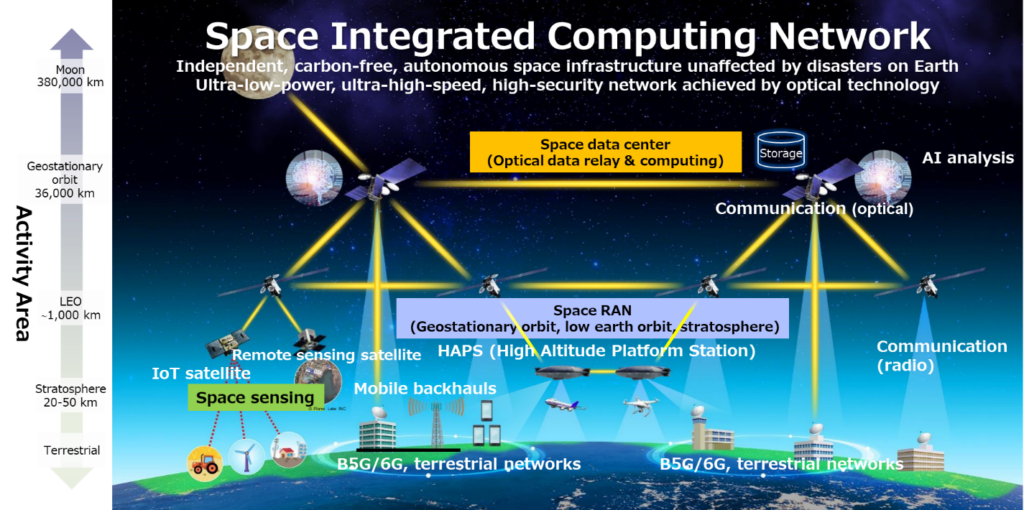
The Space Compass space integrated computing network concept. Photo: JSAT/NTT/Space Compass
In 2021, Japanese telecom company NTT announced it would team up with satellite tech firm SKY Perfect to develop data centers in space – with plans to launch as early as 2025.
Swimming pools and all!
Perhaps the wackiest data center location of them all is in a swimming pool in Devon, England. Start-up Deep Green has a washing machine-sized data center that provides a council-run public swimming pool with heating – free of charge.

Via BBC. Data centers might be a low-cost heating solution.
The company charges clients for the use of its computing power for artificial intelligence and machine learning. By surrounding the electrical components in oil, the heat that the data center generates is enough to heat the pool to around 30C/86F 60% of the time.
Founder Mark Bjornsgaard said the company would also refund the leisure centre’s electricity costs for running the “digital boiler” – and seven other English pools have signed up to the scheme.
Given the cost of energy, it makes sense that a surplus of generated heat would be put to use. Hopefully, this indicates that other countries will follow Finland’s example and put data centers to work.









